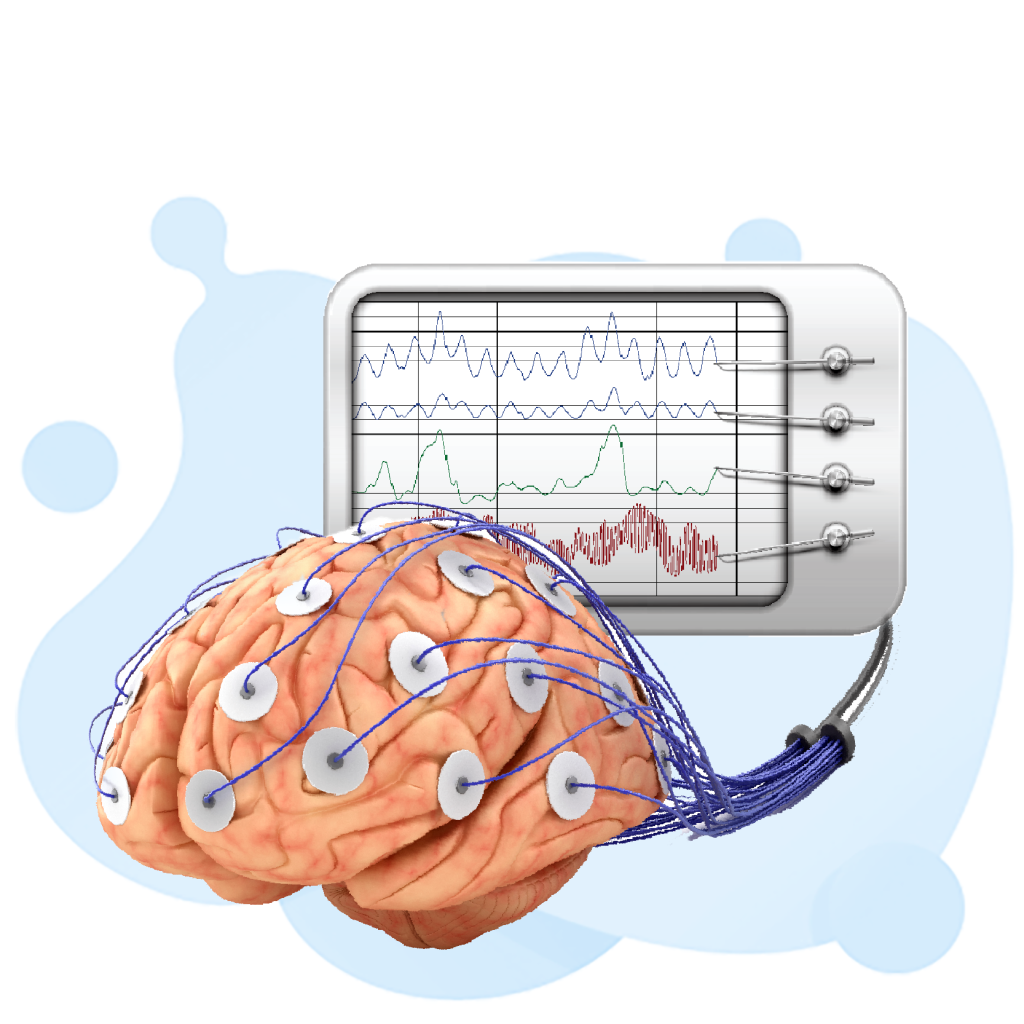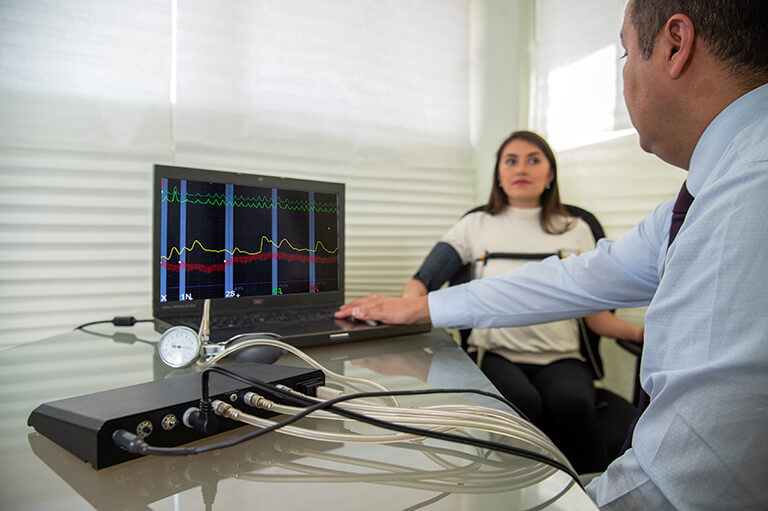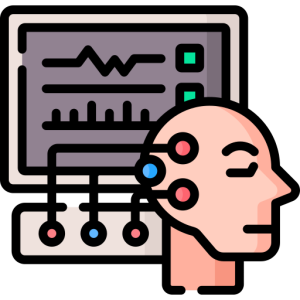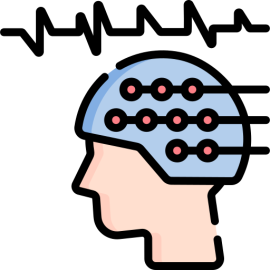CPSGT Practice Exam

Polysomnographic technicians, also known as sleep technologists, collect physiologic data and monitor patient sleep in labs or at home. They help patients diagnosed with a variety of sleep disorders. This graduate certificate program provides training for a career in this growing field.
Licensed technologists must have a high school diploma or GED certificate. They must be enrolled in an accredited educational program and provide polysomnographic services under direct supervision of a physician.
Polysomnographic Technician
A sleep technologist works in a laboratory setting, monitoring the patient’s sleeping patterns using electronic equipment. They collect and analyze data, and help physicians diagnose the problem and recommend treatment. The job involves a lot of observation and note-taking, so it’s important to have good organizational skills. They must also be able to explain the process of testing to patients, as well as write reports.
At the GS-8 level, sleep technicians are fully capable of performing polysomnographic tests, as well as conducting full sleep studies and evaluating physiologic events that occur during sleep and wakefulness. They can also anticipate problems that may arise during a study and prepare for them. They may also be responsible for mentoring lower-grade technicians.
To become a sleep technician, you need to have a high school diploma or equivalent and complete an accredited polysomnography program. You must also complete a minimum of 1,638 hours of clinical experience (paid or volunteer) that includes direct patient recording and scoring. Additionally, you must attend an AASM-approved training course (Pathway B) or complete 14 Web-based self-study modules to be eligible to take the RPSGT Registry Exam.
Polysomnographic Technician Salary
The salary of a polysomnographic technician, also known as a sleep technologist, is above the national average. The job is in high demand, particularly in densely populated areas and states that require licensing.
The Polysomnography (PSG) test measures the brain waves, oxygen levels in the blood, heart rate, eye movements, and breathing of patients while they sleep. This test can help diagnose disorders such as obstructive sleep apnea and narcolepsy. A sleep technologist is an important part of a sleep center or lab. They are responsible for preparing the patient for the test, recording the data during the study, and providing results to the physician.
The salary of a sleep technologist depends on their education, experience, and certifications. Those with an associate’s degree in sleep science will have the highest salary, while those who have completed a certificate program will have the lowest salary. The minimum requirements for a sleep technology career include a minimum of 546 hours of clinical experience and the completion of a BRPT-approved self-study course. Those with a bachelor’s degree may be able to apply for the Registered Sleep Technologist credential.

CPSGT Exam Study Guide
The CPSGT exam is administered by the Board of Registered Polysomnographic Technologists (BRPT). It consists of 75 multiple-choice items, 15 of which are pretest questions. Candidates must score at least 60 points in order to pass the exam. The exam is designed to test participants’ knowledge of PSG, including sleep structure and disorders. The exam also covers data acquisition and scoring.
To take the CPSGT exam, you must complete an application, which is available at brpt. The application is available in two versions, an online form and a printed version that can be filled out by hand. Both versions require a signature. The application also requires proof of your clinical experience, a copy of your high school or college unofficial transcript and basic life support certification.
The best way to prepare for the CPSGT exam is to use a study guide that includes practice test questions and detailed answer explanations. Our guide has both of these features, which will help you get the most out of your exam preparation.
CPSGT vs RPSGT
If you’re thinking about pursuing a career in sleep technology, you may be wondering what certifications you need to obtain. Having the correct certifications can help you get a job in your desired field and can even make you more competitive. The most popular certification is the Registered Polysomnographic Technologist (RPSGT). The RPSGT certification will allow you to move up in your career and earn a higher salary.

BRPT gives CPSGT certificate holders three years to earn their RPSGT credential, or rescind their CPSGT title. This is because the RPSGT credential is considered an advanced credential. During this time, you’ll need to hold a Basic Life Support certification or equivalent, adhere to BRPT standards of conduct, and pass the CPSGT exam.
Colin Baugh, a recent graduate of the A-STEP Introductory Course at Focus Sleep School, began working in a sleep lab in September 2022 and found this path very rewarding. He credits the AASM A-STEP modules and the A-STEP introductory course with helping him prepare for the CPSGT exam. Then, he was able to pass the exam and start his new career with confidence.
CPSGT Jobs
The CPSGT job is an important role in a healthcare team. It involves evaluating sleep disorders such as insomnia, narcolepsy, and snoring or sleep apnea. It also includes identifying the type and extent of these conditions. These disorders cause poor productivity and raise the risk of serious health problems. Insufficient sleep can also lead to high blood pressure and heart disease. It is estimated that 50-70 million Americans suffer from sleep disruptions, which are often caused by conditions such as obstructive sleep apnea and chronic insomnia.
A CPGT works in a variety of settings, including hospitals, medical centers, and clinical or industrial research labs. They operate a wide range of electronic monitoring devices that record brain activity (EEG), eye and muscle movement, respiration, and blood oxygen levels. They also help to establish treatment methods.
The CPGT works under the supervision of a supervisor or manager. They have advanced knowledge of the International Classification of Sleep Disorders, as well as the ability to recognize abnormal and rare events. They also prepare laboratory and patient rooms for overnight sleep studies and monitor the quality of data acquisition during nocturnal polysomnograms. They can also interpret and explain the results of these studies to patients.

CPSGT Requirements
Polysomnography technicians, also known as sleep technologists, perform overnight sleep assessments that can help identify various sleep disorders. They are highly trained and work in a variety of health-care settings. In addition to completing a BRPT-approved program, candidates must have a high school diploma or equivalent and complete a minimum of 1,638 hours of clinical experience that includes direct patient recording and scoring.
The CPGT exam is administered through Pearson VUE and covers 75 multiple-choice questions, including introductory-level topics. It is designed to provide a foundational level of knowledge and skills for the new polysomnographer. However, it is not intended to replace the RST credential.
The CPSGT exam is a great option for those who are new to the field and do not have extensive education or work experience. This certification is also a good way to gain a competitive edge in the job market. It is also worth noting that this credential will not expire for three years. After this period, you will need to earn the RPSGT credential.
Polysomnographic Technician Programs
Polysomnographic technologists are highly trained, professional members of the health-care team who specialize in sleep studies. They are responsible for collecting and interpreting data on sleep and assisting physicians specializing in sleep medicine with clinical assessment, monitoring, physiological testing, therapeutic interventions and management of patients suffering from various sleep disorders.

These technologists use their knowledge of medical equipment and technology to gather, analyze and record data during a patient’s sleep-based study. They also communicate with the physician about their findings and help the patient to understand his or her results. The demand for polysomnographic technologists is expected to grow significantly as more and more people suffer from sleep disorders.
To become a polysomnographic technician, you must have a high school diploma or GED certificate and complete a program that is accredited by the Commission on Accreditation of Allied Health Education Programs (CAAHEP) or the Commission on Respiratory Care (CoARC). You must also pass a registry exam administered by the Board of Registered Polysomnographic Technologists (BRPT). There are two ways to prepare for this exam: Pathway 1 and Pathway 2. Both pathways require a minimum of 1,638 hours of clinical experience (paid or volunteer) that includes direct patient recording and scoring.
Polysomnographic Technician Training
Sleep techs, also known as polysomnographers, play a key role in the evaluation and treatment of sleep disorders. They perform overnight sleep studies and gather data, including brain waves, eye movement, and oxygen levels. These measurements help doctors diagnose and treat a variety of sleep disorders, from insomnia to restless leg syndrome. These professionals typically work at night and may collect up to a thousand pages of data.
This program prepares students to assist physicians specializing in sleep medicine with clinical assessments, physiological monitoring and testing, and diagnostic tools for patients of all ages. It is based on the guidelines established by the American Academy of Sleep Medicine (AASM) and, along with at least 9 months of clinical experience or completion of 25 AASM A-STEP self study modules, prepares students to sit for the Registered Polysomnographic Technician Exam offered by the Board of Registered Polysomnographic Technologists.
The program is a full-time program that leads to an Associate in Applied Science degree. Graduates are eligible to apply to take the Registered Polysomnographic Technologist (RPSGT) examination.